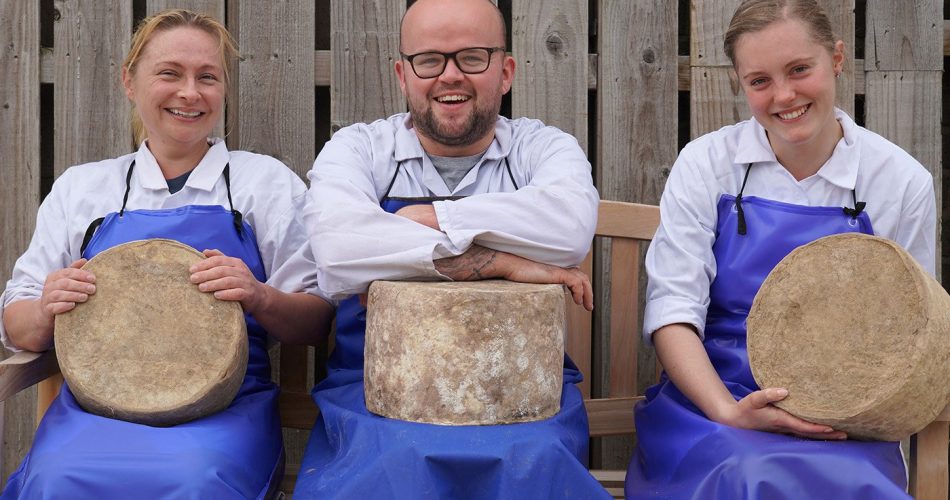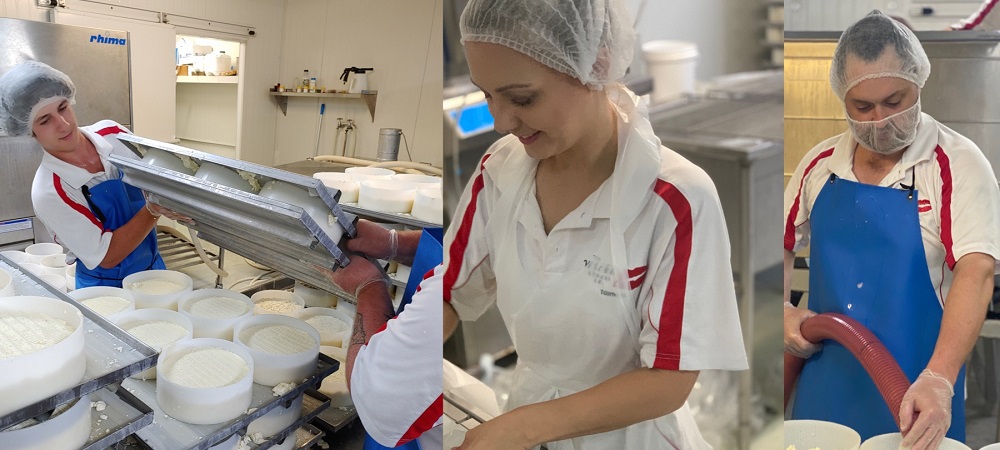A Taste of Authenticity: Floridia Cheese Melbourne and Its Workmanship
A Taste of Authenticity: Floridia Cheese Melbourne and Its Workmanship
Blog Article
Unlocking the Keys of Artisanal Cheese Making: A Detailed DIY Guide
In the realm of culinary craftsmanship, artisanal cheese making stands as a testament to the fragile equilibrium in between practice and technology. As we get started on this trip to debunk the art of producing splendid cheeses, we are faced with a tapestry of skills and secrets waiting to be untangled.
Picking the Right Milk
When embarking on the trip of artisanal cheese production, the choice of milk plays an important role in figuring out the quality and features of the final item. The type of milk selected affects the taste, texture, and generally account of the cheese.
Furthermore, the resource of the milk, whether from cows, goats, lamb, or buffalo, contributes distinct flavors and characteristics to the cheese. Each kind of milk brings its own nuances, enabling for a large array of cheese selections to be crafted based on the chosen milk.
Culturing and Coagulating
To start the cheese-making process, the essential steps of culturing and coagulating must be carefully implemented to change milk into curds and whey. The type of society utilized can substantially affect the flavor, appearance, and ripening of the last cheese product.

The timing and temperature level control during culturing and coagulation are critical variables that affect the final end result of the cheese. Correct execution of these actions is necessary to guarantee the wanted structure, taste, and consistency of the artisanal cheese being generated.
Draining and Pushing Curds
After the milk healthy proteins have actually coagulated and the curds have been cut to release whey, the following crucial action in artisanal cheese making includes draining and pushing the curds to achieve the preferred texture and consistency of the last cheese item. The time for draining can vary depending on the type of cheese being made and the wanted wetness material.
Pressing assists get rid of any kind of remaining whey and compacts the curds to form a solid cheese wheel. Proper pushing and draining are important actions that significantly affect the quality and features of the artisanal cheese being produced.
Aging and Flavor Methods
Executing careful aging and flavor methods is crucial in enhancing the deepness and intricacy of artisanal cheeses, boosting their preference profiles to charming degrees of refinement and elegance. Aging plays a vital duty in creating the one-of-a-kind tastes and structures that differentiate artisanal cheeses. During the aging process, cheeses are stored in thoroughly controlled environments where factors such as humidity, air movement, and temperature level are controlled to urge the growth of helpful molds and microorganisms. This controlled atmosphere allows celebrity to grow slowly, establishing complicated aromas and abundant tastes.
Flavoring methods additionally add considerably to the last preference of artisanal cheeses. Cheesemakers may select to present additional flavors by integrating components such as natural herbs, seasonings, and even fruits into the cheese during the manufacturing procedure. In addition, some cheeses are cleaned or rubbed with various liquids, such as brine or alcohol, to improve their appearances and tastes.
Covering and Saving Cheeses

Verdict
In final thought, understanding the art of artisanal cheese making involves meticulously selecting the ideal milk, following accurate culturing and coagulating procedures, draining and pressing curds properly, and utilizing different aging and flavor strategies. By following these steps faithfully and with attention to detail, you can produce your very own delicious and distinct cheeses in your home. Keep in mind to wrap and keep your cheeses appropriately to ensure optimal flavor and structure growth. Happy cheese making!
Each type of milk brings its own nuances, allowing for a wide range of cheese varieties to be crafted based on the chosen page milk.After the milk healthy proteins have actually coagulated and the curds have actually been reduced to launch whey, the next important step in artisanal cheese making includes draining and pressing the curds to attain the wanted appearance and uniformity of the final cheese product. Most cheeses should be covered in wax paper or cheese paper to permit them to take a breath while safeguarding them helpful hints from drying out. For cheeses that need to continue aging, such as bloomy peels or cleaned skins, ensure they are saved in a trendy setting like a cheese cavern or a refrigerator set to the ideal temperature level. By paying interest to the wrapping and storage space of artisanal cheeses, cheese manufacturers and enthusiasts can maintain the honesty of these delicacies and fully appreciate their complicated flavors.
Report this page